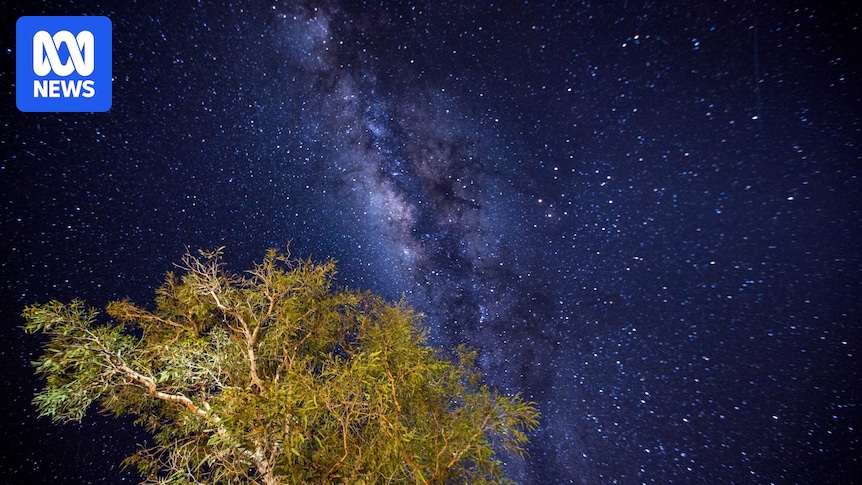
Curtin Springs Station, a historic outpost on the route from Alice Springs to Uluru, is at the forefront of a new tourism trend that could revive the Northern Territory’s faltering visitor numbers. Despite being a pioneer in outback tourism, the station has faced dwindling visitor numbers during what should be the peak season.
“It’s been pretty ordinary. We certainly can’t say it’s been a good season at all,” said Lyndee Severin, who owns and operates Curtin Springs Station with her husband Ashley. “We’re certainly not matching even last year, and this is year six of really hard times in the tourism industry.”
The Severins are pinning their hopes on dark-sky tourism, a niche market that could draw more visitors to their station. This form of tourism capitalizes on the pristine night skies of the outback, offering a celestial spectacle free from light pollution.
Challenges in the Current Tourism Landscape
The tourism season in the Northern Territory has been described as “lumpy,” with uneven success across different sectors. While highways are bustling with campervans during school holidays, traditional accommodations like stations and roadhouses remain eerily quiet. According to the NT tourism body, self-catered holidays and hotels are currently more popular among tourists.
Even with a slight uptick in visitors, Lyndee Severin remarks, “Two weeks doesn’t make a season. We are very quiet in comparison to what we could be.”
Meanwhile, the tourism sector is cautiously optimistic about the future. The announcement of new direct flights between Alice Springs and Cairns by NT-based carrier Airnorth is a hopeful sign for the 2025 season. However, the uneven distribution of tourists continues to pose challenges.
Impact of Weather and Road Conditions
Weather has played a significant role in the current tourism struggles. Late rains in May led to road closures, particularly affecting remote areas like Tobermorey Station, located near the Queensland–Northern Territory border. Chloe Robertson, the manager of Tobermorey Station, noted that the late rains delayed the start of their tourism season.
“Usually the season starts here around Easter. However, this year, the roads were still closed from our wet season. So, it’s been very quiet,” she explained. “And we got an inch of rain, which put road closures in again, so it’s been very quiet.”
The Rise of Dark-Sky Tourism
Agricultural tourism operators are turning their gaze skyward, hoping to leverage the Northern Territory’s vast, unspoiled night skies to attract visitors. Dark-sky tourism offers a unique experience, allowing tourists to observe the Milky Way and other celestial phenomena in a setting free from urban light interference.
Sam Bennett, Tourism Top End general manager, describes dark-sky tourism as a “huge, huge market.” She emphasizes the potential for collaboration between the tourism and pastoral industries to create new experiences.
“There are people following stargazing all over the world, and there’s no better place to do that than a cattle station,” Bennett said.
Curtin Springs Station is embracing this opportunity. Lyndee Severin is optimistic about the station’s potential to become a hub for stargazers. “We’re creating a space here at the homestead area for visitors who are staying with us to find that quiet space to be able to explore that night sky,” she said.
Looking to the Future
The Severins are also looking ahead to the 2028 total solar eclipse, which is expected to draw thousands of astronomers and enthusiasts to Australia. This event could serve as a major boon for dark-sky tourism in the region.
“The sky – the night sky particularly – is something that you don’t see everywhere,” Severin noted. “And we get to experience it every day.”
As the Northern Territory’s tourism industry navigates these challenging times, dark-sky tourism offers a beacon of hope. By capitalizing on the natural beauty of the outback’s night skies, operators like Curtin Springs Station aim to turn the tide and bring new life to their businesses.






